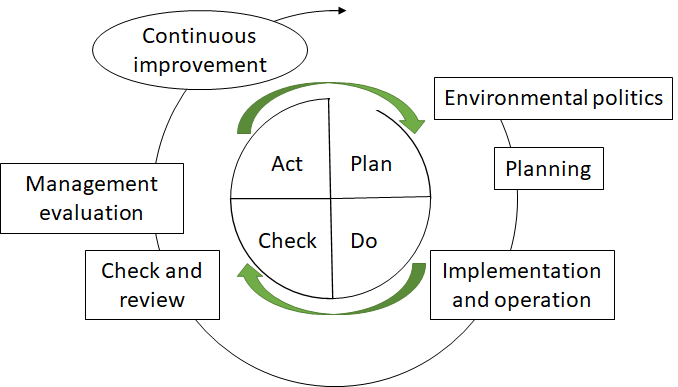11. Environment and sustainability
11. Environment and sustainability
Despite the use of biogenic raw materials, it is also necessary in the context of a bioeconomy to constantly scrutinize the environmental impact of economic activity and to continuously review it from a sustainability perspective. There is no universally valid definition of sustainability, although the so-called Brundtland Report of the United Nations (UN) from 1987 entitled Our Common Future is often quoted in this context, in which sustainable development is defined as follows: Sustainable development is development that meets the needs of the present without compromising the ability of future generations to meet their own needs. (United Nations 1987)
Environmental management exists to reduce the negative impact of companies' economic activities on the environment as far as possible and thus support a sustainable corporate policy. This can be used in bioeconomy companies as well as in conventional companies, organizations and associations. The basic principle behind environmental management is the PDCA model (abbreviation: Plan-Do-Check-Act). This model describes a cycle that companies can go through to improve their ecological footprint. Following a commitment by the company to integrate an environmental policy into the corporate structure, measures are first identified and planned which can lead to an improvement in the company's current situation (plan or planning). In the second step, these measures are implemented and integrated into the company structure (Do, or implementation and operation). In the next step, the success of these measures is reviewed to determine whether the planned target state has been achieved (check or review and management assessment). If the target has not been achieved, the final step is to adapt or improve these measures (Act or continuous improvement). This can reduce the negative environmental impact and improve the sustainability of a company. This principle is illustrated in the following diagram:
